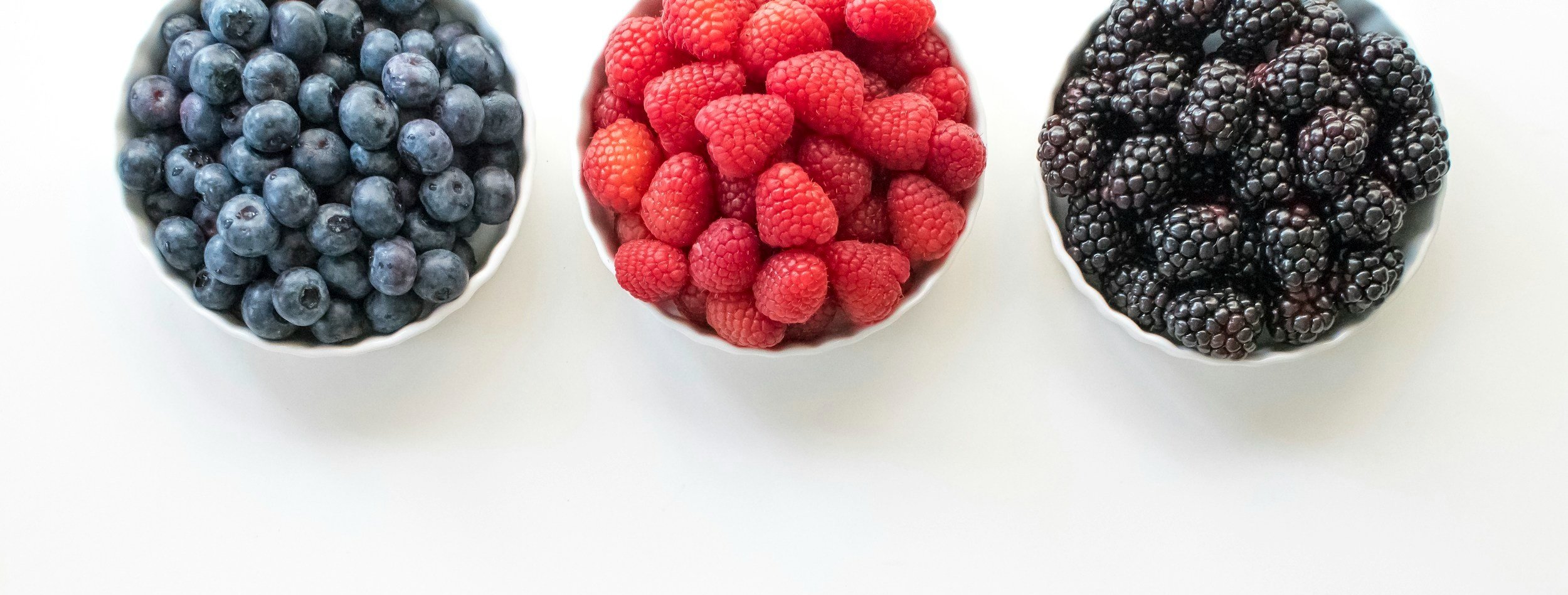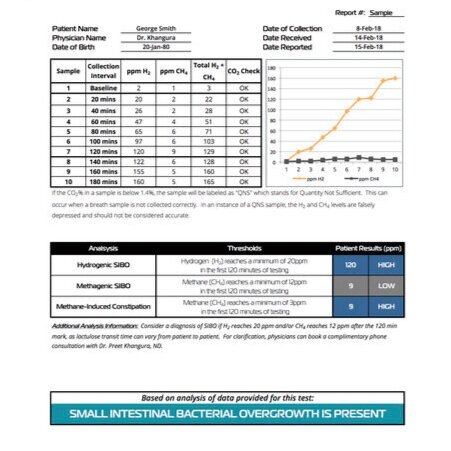Since I see a lot of digestive issues in my practice I find that food sensitivities are something worth exploring in many. They are quite common and can lead to a variety of different health concerns from digestive complaints, to skin issues such as eczema or psoriasis, to fatigue and joint pain. They are different from severe food allergies, such as an anaphylactic reaction to peanuts that occurs immediately, as they are a more delayed reaction. Food sensitivity symptoms can take up to 72 hours to appear after eating, so a low-grade food sensitivity can be hard to spot. The more severe a sensitivity the quicker and/or more severe you notice the symptom.
What causes food sensitivities?
When we eat foods we are sensitive to it causes the digestive track lining to become inflamed and small “breaks” in the lining occur allowing partially digested food particles to “leak” into your bloodstream, where your immune system sees them as invaders. Your body then produces antibodies (IgG antibodies) which circulate and attach to the food particle. When your body cannot eliminate the antigen-antibody complexes quickly, your immune system mounts a larger response leading to symptoms of chronic inflammation. The more of this food you eat, a higher level of inflammation can occur. So not only can you suffer from local digestive symptoms, it can then cause systemic inflammation.
Damage to the intestinal lining (aka leaky gut) can be caused by several things other than a main food sensitivity, such as gluten. This could be medications including PPIs, antibiotics which disrupt the normal flora in the intestine, overgrowth of other bacteria such as yeast or Candida, other invading bacteria, and high stress causing lower levels of digestive enzymes and blood circulation to the gut.
How do you test for food sensitivities?
The gold standard for food sensitivity testing is an elimination diet. Meaning, you eliminate all the common foods sensitivities such as gluten, eggs, dairy, sugar etc, for 3-4 weeks then reintroduce these foods back in one at a time to investigate what, if any, reaction you have to that individual food. It may be different for different foods, for example, cramping and diarrhea from dairy and bloating and fatigue from gluten.
Another way to test food sensitivities that I do often in my practice is a blood IgG test, testing 96 common food sensitivities with a simple blood prick test. The test is measuring the amount of IgG antigen-antibody complexes produced when your blood is exposed to that food. The higher the level, the worse the sensitivity. I have seen big improvements in patients health when they identify and eliminate their food sensitivities.
Do you have to eliminate foods forever?
Now my goal is never to limit someones diet even more longterm, so I interpret a test result a couple ways.
There may be 1-5 foods that are high on the list and these are generally the true sensitivities, ie - contribute to the leaky gut picture. These foods would be eliminated either longterm or for several months while we heal the gut and address any other contributing factors.
If many foods sensitivities come up, some in moderate levels, it proves there is a leaky gut and systematic inflammation. I advise to limit these foods for the time being and stress the importance of gut healing using probiotics and soothing and healing herbs for the gut. We also may need to explore stress levels, and other systemic bacterial overgrowth contributing to inflammation.
Once we complete a gut healing protocol it is easier to introduce certain foods back into your diet.
Do you have symptoms of a food sensitivity?
If you are struggling with digestive concerns, skin issues, fatigue, joint pain, depression even, and haven’t explored triggers from your diet, I would suggest reaching out to an ND like myself to explore this possibility. As I mentioned above, there may be more to the story that just a food trigger but it commonly has a component in someone health concerns.
Note - If you are noticing digestive concerns triggered by higher fibre foods or the lowFODMAP diet has been suggested and is helpful to you, that may be a different issue all together that we can definitely explore as well.
In health & happiness,
Dr. Karen





